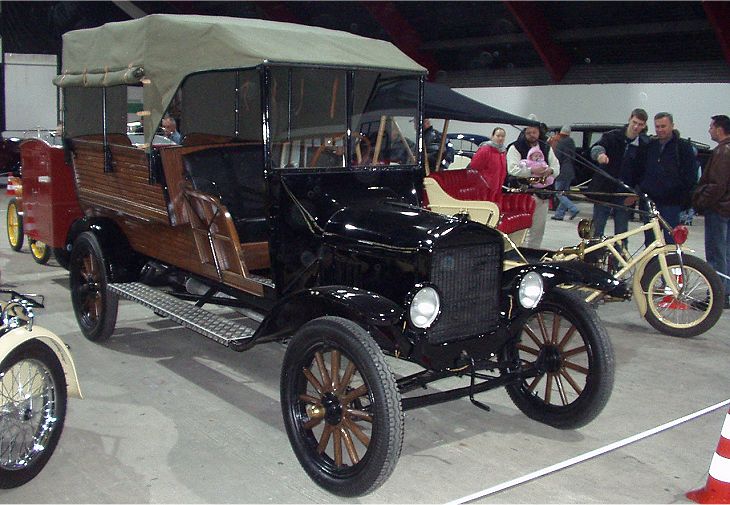Description
The Ford Model TT was the first true truck produced by the Ford Motor Company, introduced in 1917 as a heavier-duty companion to the Model T. While the Model T could be converted into light utility vehicles, Ford recognized the need for a stronger, purpose-built chassis designed for hauling cargo. The Model TT quickly became popular with farmers, merchants, and businesses, and it laid the foundation for Ford’s long and successful history in truck production.
Unlike the Model T, the Model TT featured a longer and much stronger ladder-type frame capable of carrying heavier loads. It had a wheelbase of 125 inches compared to the Model T’s 100 inches, giving it greater stability and space for utility bodies. The truck was offered as a bare chassis, allowing buyers to choose custom bodies from third-party builders, which included everything from simple flatbeds to delivery vans, dump bodies, and even ambulances or buses. This flexibility made the TT highly adaptable to many industries.
Mechanically, the TT was powered by the same 177 cubic inch (2.9-liter) four-cylinder engine used in the Model T, producing about 20 horsepower. However, the TT was geared much lower to handle heavy loads, with a worm-gear rear axle that gave it far more pulling power but limited its top speed to around 15 mph. While slow compared to passenger cars, its durability and torque made it invaluable for businesses that needed dependable hauling. Optional auxiliary gearboxes could be fitted to provide more usable speed ranges.
The cab of the TT was initially very basic—little more than a wooden seat and a steering column, with weather protection left to aftermarket suppliers. Over time, Ford and outside bodybuilders offered enclosed cabs and more refined fittings, making the truck more practical and comfortable.
By 1925, over half a million Model TTs had been sold, demonstrating how quickly Ford’s concept of a mass-produced, affordable truck caught on. Production continued until 1927, when it was replaced by the more powerful and modern Model AA, based on the new Model A passenger car platform.
Today, the Ford Model TT is remembered as the truck that started Ford’s century-long dominance in the pickup and commercial vehicle market. Collectors value it for its historical importance and rugged character, and restored examples often highlight the wide range of body types that were built on the TT chassis. Just as the Model T put the world on wheels, the Model TT put American business and agriculture on wheels, ushering in the modern era of commercial trucking.
